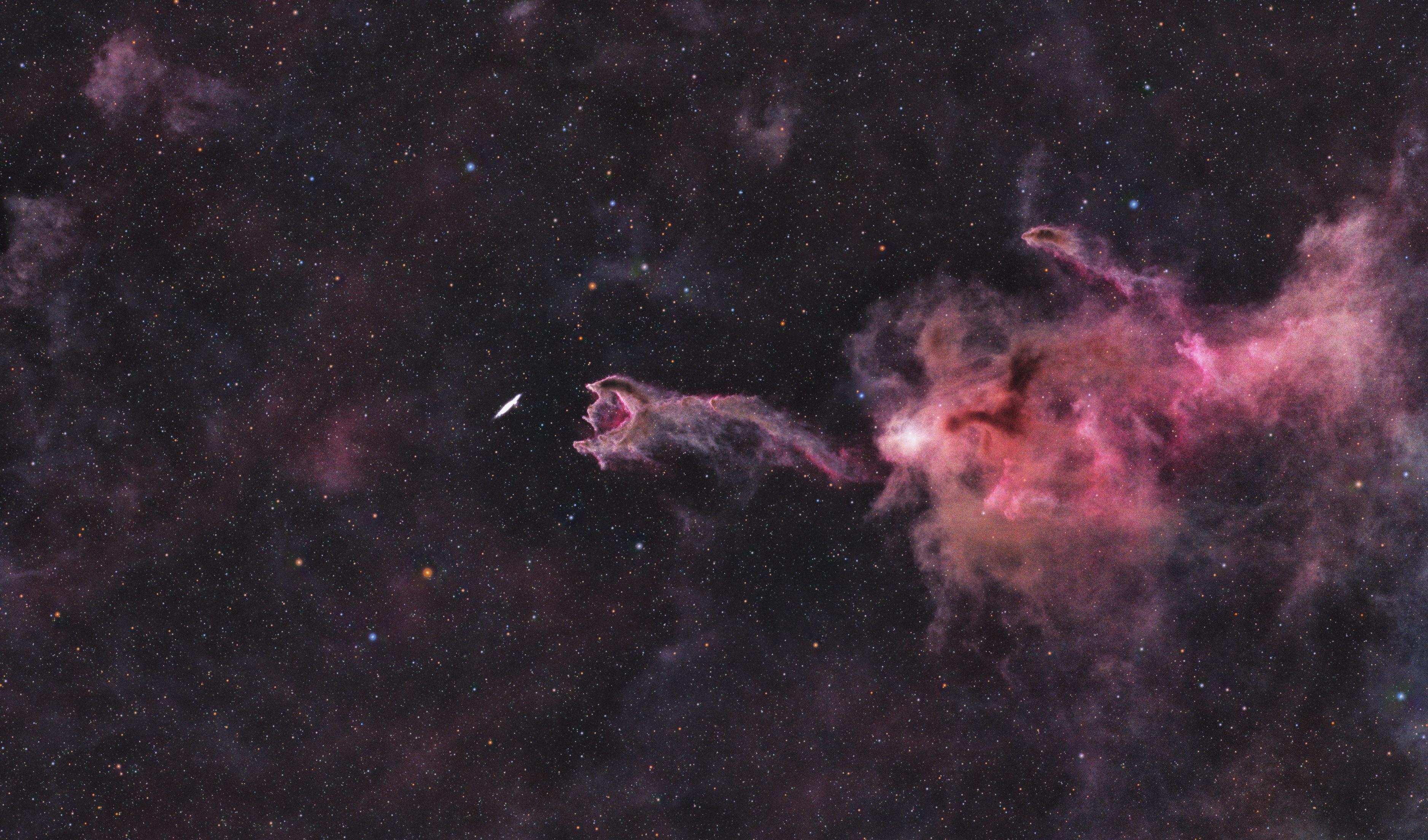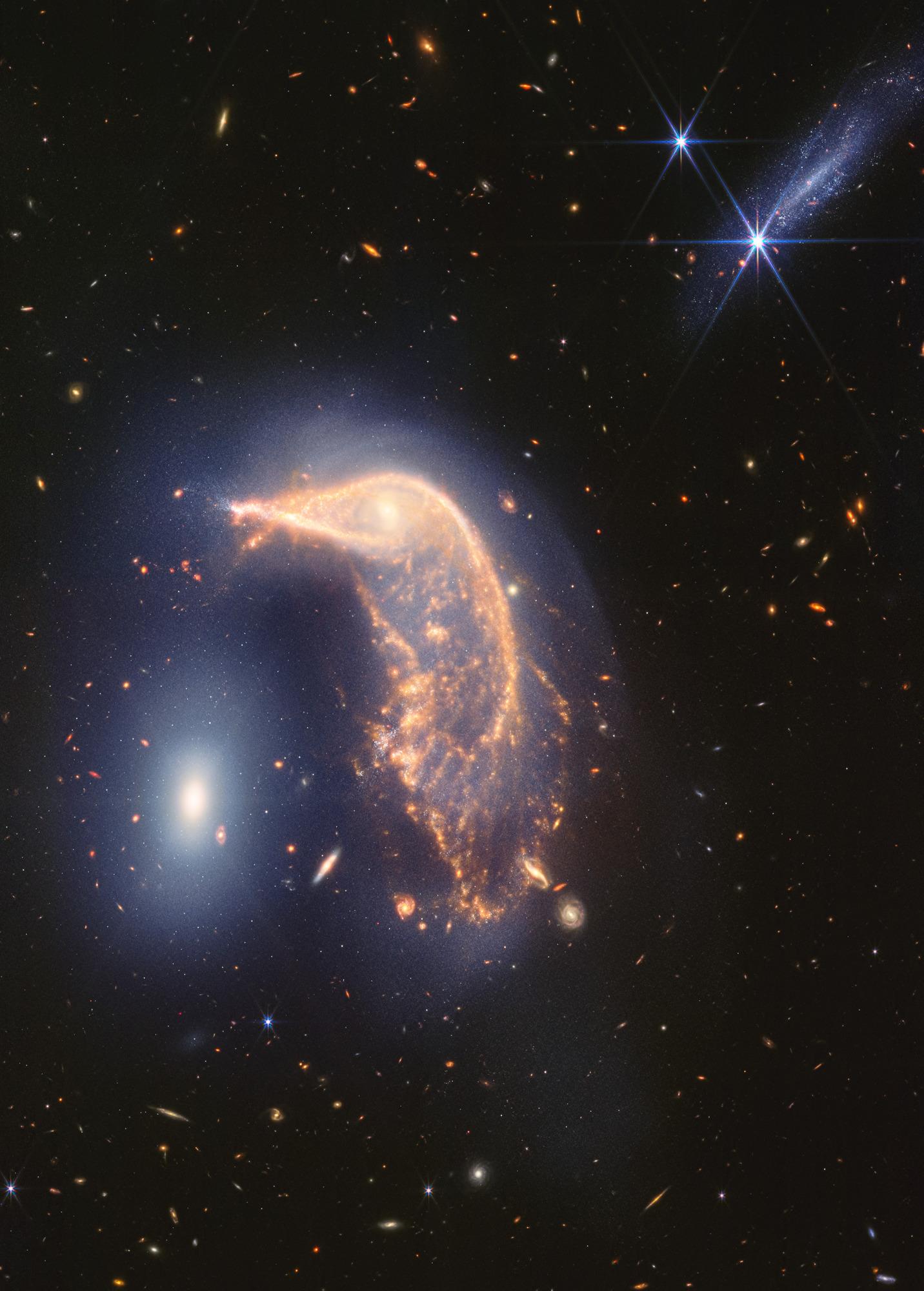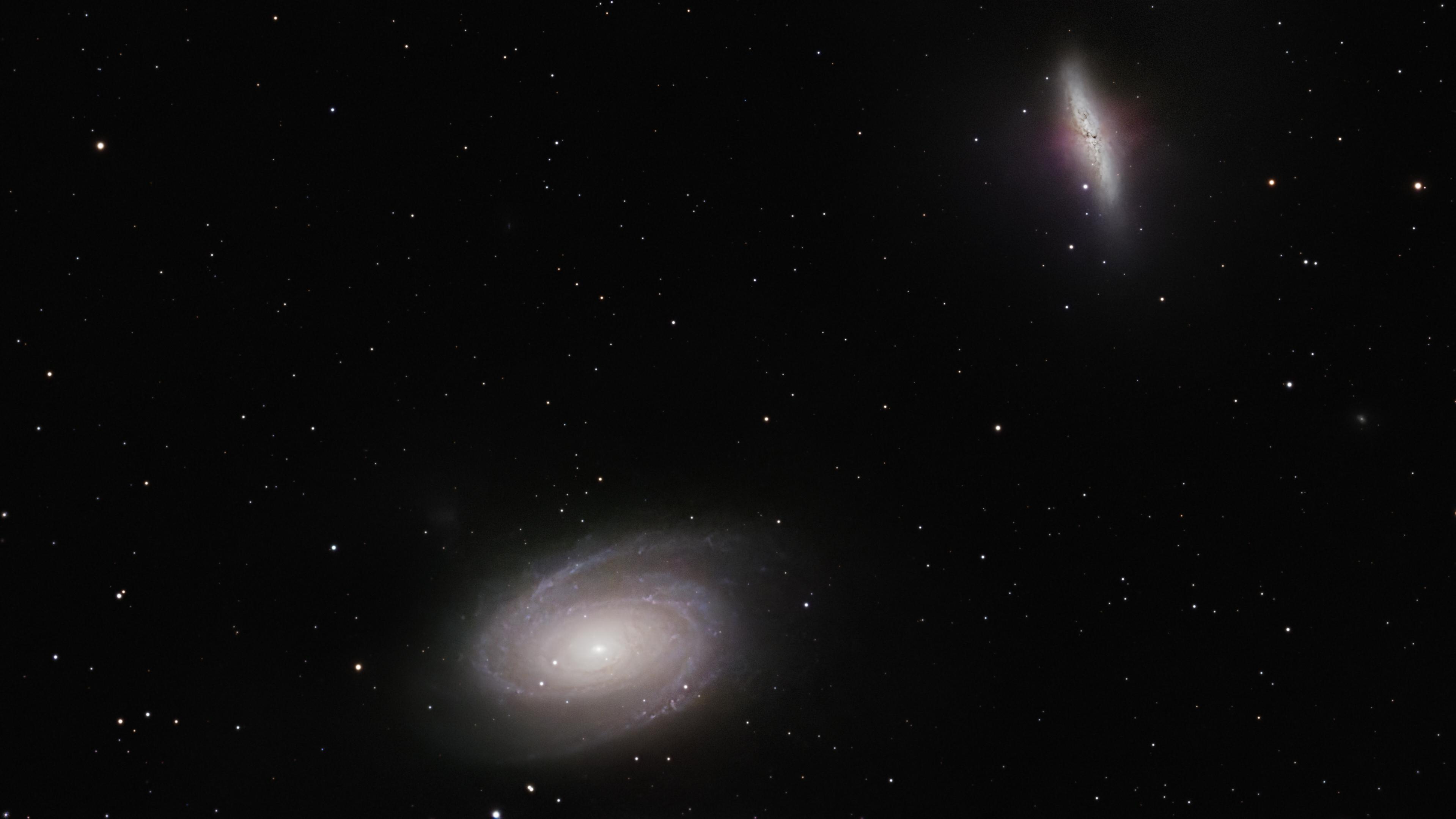Well, it looks like you can't buy #Samsung any more:
"Unremovable #Spyware on Samsung Devices Comes Pre-installed on #Galaxy Series Devices"
https://cybersecuritynews.com/spyware-on-samsung-devices/amp/
"This has sparked outrage among consumers in countries such as Egypt, Saudi Arabia, and the UAE, where affordable Galaxy models are popular entry points into Android."
Another datapoint in favor of "in future, only #rich people can afford #privacy or #security". 😔
#security #privacy #malware #smartphones #Android #IronSource #AppCloud #tracking













